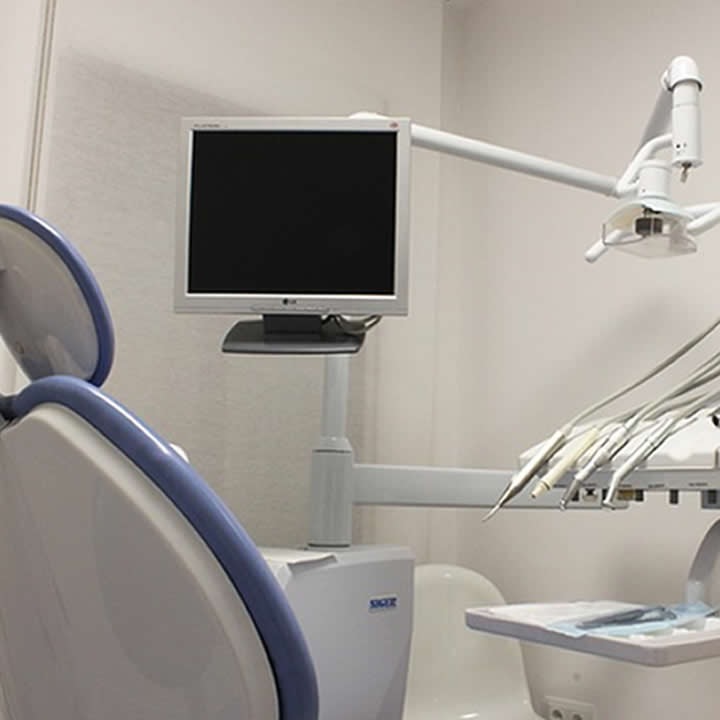Medical waste comes in several different categories depending on the country you live in, the material the waste is made of, and the appropriate disposal method. In the UK, there are two main categories of medical waste, split into non-hazardous and hazardous. In the US and many other parts of the world, there are four key types of medical waste, categorized as general, hazardous, infectious, and radioactive.
At the broadest level, medical waste is any waste product from a workplace in the healthcare sector. This can include doctors, dentists, hospitals, or laboratories that deal with medicine or the treatment of illnesses or materials that come into contact with the body during research, administering a drug or any other medical treatment.
As mentioned, each country has a slightly different way of categorizing medical waste, but many follow similar guidelines to the US, which has four main categories.
Infectious Waste: This covers any waste that has a risk of causing infection and includes tissue from humans or animals, bandages, clothing that have blood on them, and gloves that have been used at any part of the medical practice, cultures, and swabs. Within this category, anything that includes tissue from a human or an animal is also called a pathological waste item and needs to go through a special treatment process.
Hazardous Waste: Any waste that may be able to affect someone but in a non-infectious way is called hazardous waste. There are federal guidelines that categorize a waste item as hazardous or not, and includes anything from chemicals, both industrial and medical, to some drugs. In addition to this, sharps are another common hazardous waste as they may be able to cause injuries if not disposed of correctly. Sharps are defined as anything that may be able to puncture the skin, such as disposing of surgical items like scalpels, syringes, and culture dishes made from glass or hard plastic that could be dangerous.
Radioactive Waste: Waste can become radioactive if it has encountered or is at risk of coming into contact with radioactive isotopes. Several medicinal treatments, such as cancer therapies or nuclear medical treatment, have this risk and must be discarded. Any pathological waste that could also be radioactive is disposed of as a radioactive waste item, rather than infectious, due to the potential danger of these products.
General (Municipal Solid): General waste makes up the vast majority of waste from hospitals and other medical facilities, and is often very similar to the waste found in other working and household environments. It may include paper, liquids, and plastics that don’t have any infectious, hazardous, or radioactive qualities. General waste is called municipal waste in the professional waste disposal industry, and is generally disposed of in landfill sites the same way as another general waste is.
Disposing of Medical Waste: There are several disposal methods for clinical waste, depending on the category it falls into, and care must be taken to ensure that this is done correctly to prevent any issues. Medical waste professionals, such as https://www.medprodisposal.com/ specialize in the correct method to be used and are recommended in any medical facility.
Thermal Treatment: This is the most common method of disposing of medical waste and uses very high temperatures to destroy the materials, most commonly using an incinerator. Infectious waste and sharps are both destroyed using this method to ensure that they are no longer at risk of causing harm. Other useful materials are treated using different methods that destroy any harmful material but keep the actual item intact.
Autoclave treatment is an example of this where a potentially hazardous item is treated using very high temperate steam and pressure to clean equipment. Autoclave machines handle materials using two main processes, either batch or continuous. In a batch process, multiple waste items are added to the device at once, which are then exposed to extreme heat reaching more than 1600°C, high pressure, and steam.
This acts to destroy waste that’s no longer needed, like paper and plastics, while metal objects are cleaned for further use. In a continuous process autoclave machine, there’s an initial stage where objects that aren’t needed to be reused are removed, and then the remaining items go through the machine. This process happens continuously and allows for a consistent flow of clean materials and saves on energy and equipment.
Frictional heat systems are also used as an alternative to incineration, with the heat being generated through friction rather than combustion. This is often much better for the environment than burning materials, and reduces the quantity of waste at the end of the process.
Incineration is still the most common method, though, and uses combustion to turn hazardous materials into ash. Gas is also produced in this process, which is treated and released into the atmosphere.
Chemical Treatment: Chemicals and liquids often need to be treated separately and can’t merely be destroyed with heat. Liquid substances are often treated with ion exchange, which uses ion attraction and repulsion to make a liquid safe. The liquid is passed through a resin that contains desirable ions, and then ions that aren’t wanted are exchanged and attach to the resin.
Neutralization is another method used for liquids and is used to make an extremely acidic liquid safer before it’s disposed of. A pH monitor is used to help decide how much treatment the acid needs to make it safe.
Irradiation: This method uses microwave technology on sharps and infectious waste to destroy pathogens. Some biohazardous waste can now be treated with microwave technology, which is an effective way of treating waste, while minimizing the amount of energy used and the amount of waste caused by other methods like thermal treatment.
Biological: This treatment uses enzymes to destroy certain chemicals found in waste products. Biological treatment methods are the least common and most underdeveloped technique but show promise as the technology develops.

